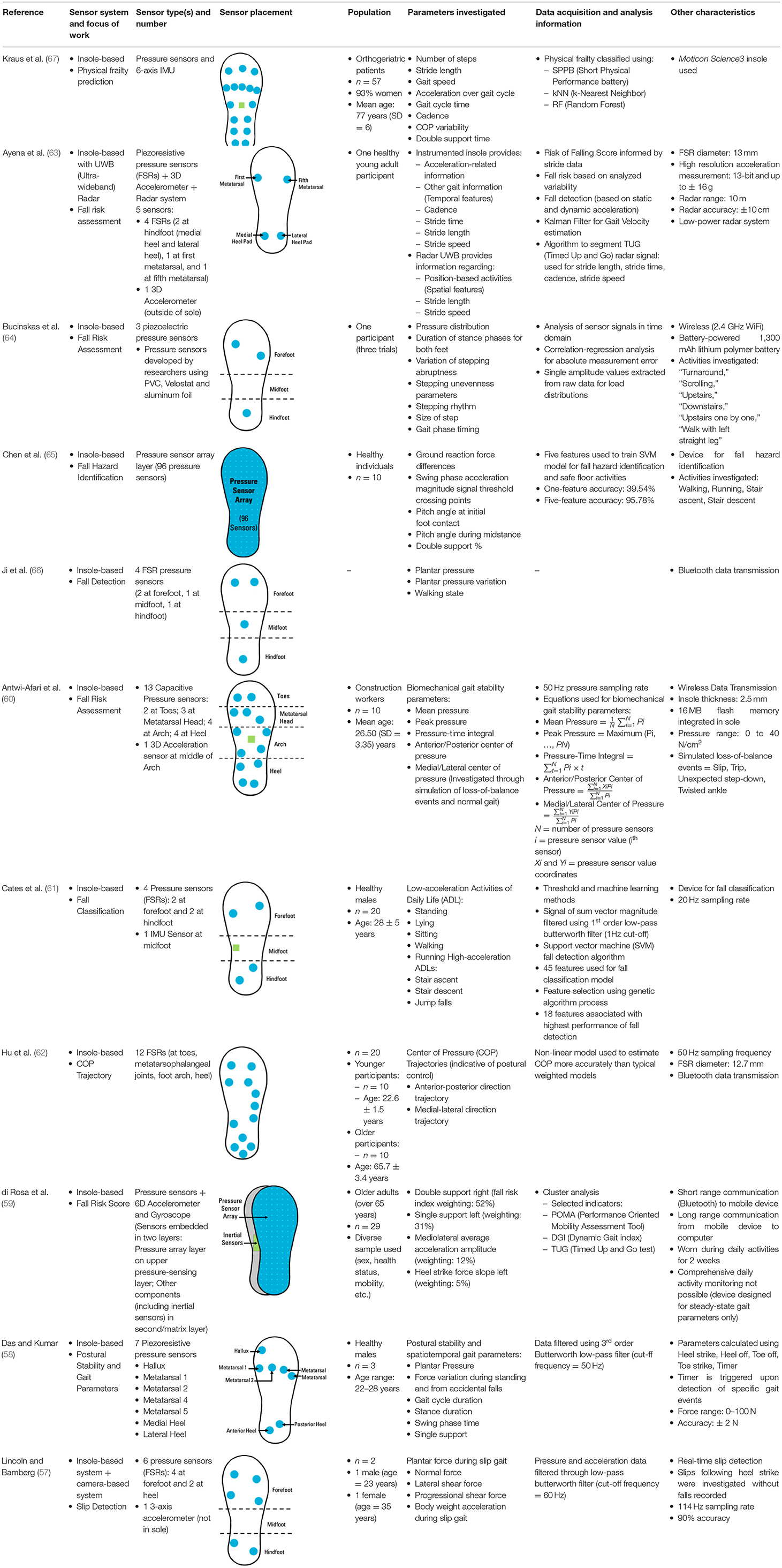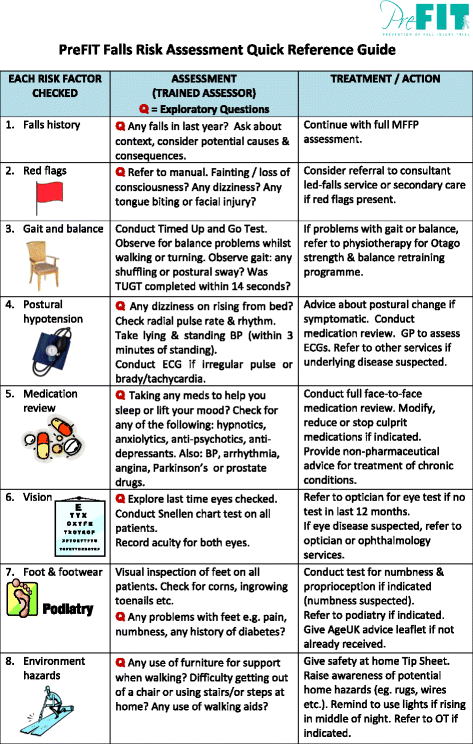The Buzz on Dementia Fall Risk
The Buzz on Dementia Fall Risk
Blog Article
The Basic Principles Of Dementia Fall Risk
Table of ContentsSome Ideas on Dementia Fall Risk You Need To KnowOur Dementia Fall Risk PDFsNot known Details About Dementia Fall Risk Dementia Fall Risk for BeginnersSome Of Dementia Fall Risk
Evaluating autumn danger assists the entire health care group develop a safer atmosphere for every client. Make sure that there is a marked area in your clinical charting system where team can document/reference ratings and document appropriate notes connected to fall avoidance. The Johns Hopkins Fall Risk Analysis Device is just one of several devices your personnel can utilize to help prevent adverse medical occasions.Patient drops in health centers are typical and debilitating damaging occasions that persist regardless of years of effort to decrease them. Improving interaction throughout the analyzing registered nurse, care group, client, and patient's most entailed buddies and family members may strengthen autumn prevention initiatives. A team at Brigham and Women's Health center in Boston, Massachusetts, sought to create a standardized fall avoidance program that centered around enhanced interaction and individual and family involvement.

The innovation group stressed that effective implementation depends upon patient and personnel buy-in, assimilation of the program right into existing workflows, and integrity to program procedures. The group noted that they are coming to grips with just how to ensure continuity in program application throughout periods of situation. During the COVID-19 pandemic, for instance, a boost in inpatient falls was connected with limitations in client interaction in addition to restrictions on visitation.
The Definitive Guide to Dementia Fall Risk
These cases are generally considered avoidable. To execute the treatment, companies need the following: Accessibility to Autumn pointers resources Fall pointers training and retraining for nursing and non-nursing team, including brand-new registered nurses Nursing workflows that allow for patient and household interaction to carry out the drops evaluation, guarantee usage of the prevention strategy, and carry out patient-level audits.
The results can be highly harmful, often speeding up individual decline and triggering longer healthcare facility stays. One study approximated stays increased an additional 12 in-patient days after an individual fall. The Autumn TIPS Program is based on appealing people and their family/loved ones across three main processes: analysis, individualized preventative interventions, and bookkeeping to ensure that clients are engaged in the three-step autumn prevention process.
The patient analysis is based upon the Morse Loss Range, which is a verified fall risk analysis tool for in-patient hospital setups. The range includes the six most usual factors people in hospitals drop: the client fall background, risky problems (including polypharmacy), use IVs and other exterior devices, mental standing, gait, and mobility.
Each risk factor web links with several workable evidence-based interventions. The registered nurse creates a strategy that integrates the interventions and is noticeable to the care team, patient, and household on a laminated poster or printed visual aid. Nurses create the strategy while consulting with the client and the client's family.
Some Known Questions About Dementia Fall Risk.
The poster offers as an interaction tool with various other members of the patient's treatment team. Dementia Fall Risk. The audit component of the program consists of evaluating the patient's expertise of their danger factors and avoidance plan at the device check my reference and healthcare facility levels. Registered nurse champions perform a minimum of five private interviews a month with individuals and their family members to look for understanding of the fall avoidance plan

A projected 30% of these drops result in injuries, which can range in extent. Unlike other damaging occasions that require a standard medical response, autumn prevention depends very on the needs of the person.
Excitement About Dementia Fall Risk

Based upon auditing results, one website had 86% compliance and 2 sites had over 95% conformity. A cost-benefit analysis of the Loss ideas program in eight hospitals approximated that the program expense $0.88 per patient to apply and led to savings of $8,500 per 1000 patient-days in straight expenses related to the avoidance of 567 falls over 3 years and 8 months.
According to the development group, organizations curious about carrying out the program should carry out a readiness evaluation and falls avoidance gaps analysis. 8 In addition, organizations need to guarantee the essential facilities and operations for application and create an implementation strategy. If one exists, the organization's Autumn Avoidance Task Pressure need to be included in preparation.
Getting The Dementia Fall Risk To Work
To begin, organizations must make certain completion of training modules by nurses and nursing aides - Dementia Fall Risk. Health center personnel must evaluate, based on the requirements of a health center, whether to use an electronic health record printout or paper version of the autumn prevention plan. Carrying out groups must hire and educate registered nurse champs and establish processes for auditing and coverage on fall data
Staff need to be involved in the process of redesigning the workflow to engage clients and family in the assessment and prevention plan process. Equipment should remain in area to make sure that devices can recognize why a loss happened and see this here remediate the cause. Much more particularly, nurses should have networks to give recurring responses to both staff and unit management so they can adjust and improve autumn prevention process and communicate systemic troubles.
Report this page